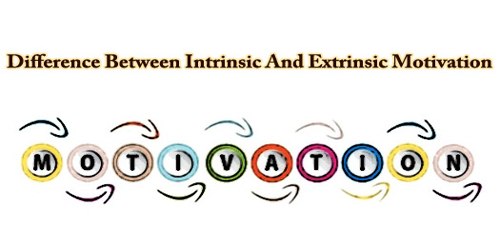A business goes through stages of development similar to the cycle of life for the human race. Parenting strategies that work for your toddler cannot be applied to your teenager. The same goes for your small business. It will be faced with a different cycle throughout its life. What you focus on today will change and require different approaches to be successful.
business plan should have the following seven sections:
1. Executive summary: Just like it sounds, it’s a summary of the basic idea and should catch the reader’s attention.
2. Business description: This section provides the framework for what the business is all about.
3. Market strategies: After exhaustive research and analysis of the target market and its needs, talk about it in this section, along with how you plan to position the new business.
4. Competitive analysis: Discuss competitors, their products and strategies, and how the startup will have a competitive edge.
5. Design and development plan: What will the new service or product look like and function? How will it be produced, packaged, and marketed?
6. Operations and management plan: This section covers the basics of how the business will operate on a day-to-day basis.
7. Financial factors: This last section includes income and cash flow statements.
Many potential investors expect an appendix including the resumes of the leadership team, market research results, etc.
While the idea of starting a business is exciting, doing the homework is critical. The US Small Business Administration offers an online tutorial on writing a business plan to help budding entrepreneurs prepare adequately.
















